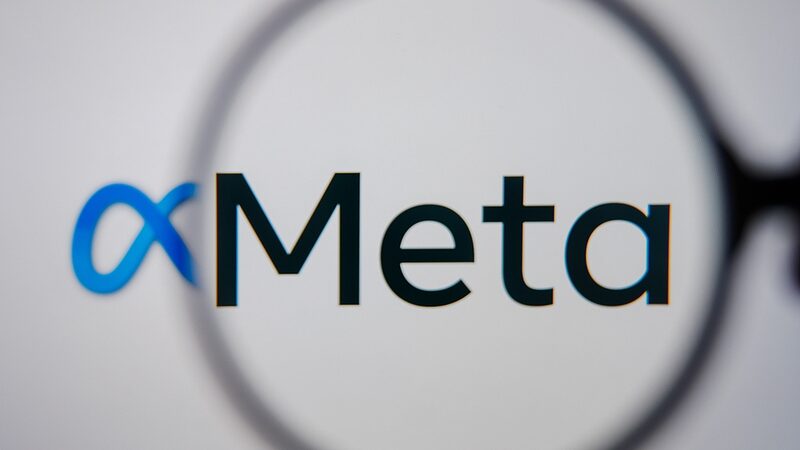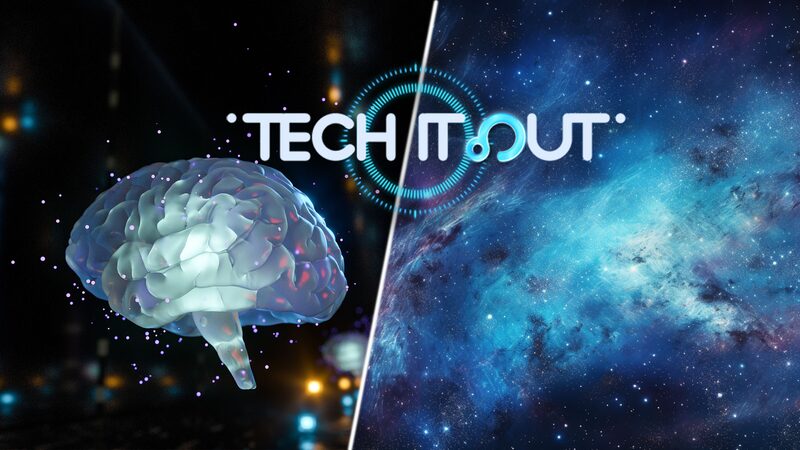Artificial Intelligence (AI) has transitioned from science fiction to our daily lives, revolutionizing how we interact with technology. However, the terminology surrounding AI can often feel like a complex code. Let’s break down the key terms shaping this transformative era, taking you on a journey from foundational concepts to advanced implications.
Artificial Intelligence (AI): The Big Umbrella
AI encompasses machines designed to replicate human thinking, learning, reasoning, and problem-solving. Think of it as a brain-inspired toolkit for tasks such as facial recognition, language translation, or movie recommendations. AI isn't a single technology but a spectrum, ranging from simple automation like spam filters to systems that adapt and improve over time.
Machine Learning (ML): AI's Apprentice
If AI is the goal, machine learning is the pathway. ML algorithms learn patterns from data without explicit programming. For example, Netflix uses ML to predict what you’ll watch next by analyzing your viewing habits. The core idea is data in, insights out.
Models: Data-Trained Problem Solvers
An AI model is akin to a smart recipe that a computer follows to solve problems or make decisions. Just as a recipe outlines how to combine ingredients to create a dish, an AI model utilizes data and rules to identify patterns and generate predictions or decisions.
Reinforcement Learning: An AI Reward System
Reinforcement learning is the mechanism through which AI learns by interacting with its environment, similar to how a player learns in a video game. It receives “rewards” for beneficial actions, like winning a chess match, and adjusts its strategy accordingly. This reward-based system powers technologies such as self-driving cars, robots, and AI that master games like chess and DotA.
Natural Language Processing (NLP): A Language Trainer
NLP enables machines to understand, interpret, and generate human language. Whether you’re asking your virtual assistant about the weather or receiving an auto-complete suggestion in an email, that’s NLP at work. Advanced NLP models like DeepSeek-V3 can craft essays, debug computer code, or even mimic Shakespearean styles.
Generative AI: The Creative Machine
Generative AI, such as DALL-E and MidJourney, creates new content from scratch, including images, music, or text. Unlike traditional AI that analyzes data, generative AI synthesizes it, functioning as a digital artist trained in millions of styles.
Artificial General Intelligence (AGI): The Most Human-like AI Brain
AGI represents a super-smart AI capable of thinking and learning like a human. Unlike regular AI, which excels at specific tasks, AGI can tackle any task, learn new things independently, and adapt to various situations just as humans do. It’s the type of AI often depicted in sci-fi movies, where machines can reason, create, and solve problems across all facets of life.
Edge AI vs. Cloud AI: Where the Thinking Happens
With Edge AI, processing occurs locally on devices, such as your cell phone’s face unlocking system. This approach is typically faster and more private but is limited by hardware constraints. Conversely, Cloud AI handles the heavy computational lifting via remote data centers. It offers greater power but requires an internet connection and carries risks, such as potential misuse of private data and the possibility of free services turning into paid ones.
Explainability: The \"Why\" Behind AI Decisions
If an AI denies you a loan application, understanding why is crucial. Explainable AI (XAI) strives to make AI’s decision-making processes transparent, akin to a doctor explaining a diagnosis. The goal is to build trust and accountability in AI systems.
Bias and Fairness: The Ethical Elephant in the Room
AI systems can inherit biases from their training data. For instance, a hiring algorithm trained on historical data might favor male candidates. Mitigating bias ensures AI decisions are fair and inclusive, which is essential as AI technology scales.
AI Governance: Guardrails for the Future
As AI continues to advance, concerns about privacy, job displacement, and misuse grow. AI governance involves establishing rules to ensure ethical use, such as China’s Global AI Governance Initiative, which focuses on making AI serve the welfare of all humanity. The initiative aims to keep technology under human control and accessible to everyone.
Reference(s):
Demystifying AI jargon: Understanding the language of the future
cgtn.com








